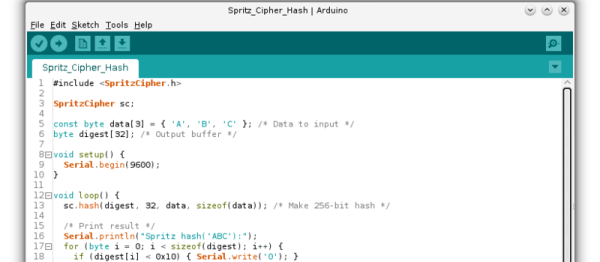Right up front, we’ll cop to the inevitable “not a hack” comments on this one. This video of the Steam Controller assembly plant is just two minutes of pure robotics porn, plain and simple.
From injection molding of the case parts through assembly, testing and final palletizing of packaged controllers for the trip to distributors, Valve’s video is amazingly detailed and very well made. We’d wager that the crane shots and the shots following product down conveyors were done with a drone. A grin was had with the Aperture Labs logo on the SCARA arms in the assembly and testing work cell, and that inexplicable puff of “steam” from the ceiling behind the pallet in the final shot was a nice touch too. We also enjoyed the all-too-brief time-lapse segment at around 00:16 that shows the empty space in Buffalo Grove, Illinois being fitted out.
This may seem like a frivolous video, but think about it: if you’re a hardware hacker, isn’t this where you want to see your idea end up? Think of it as inspiration to get your widget into production. You’ll want to get there in stages, of course, so make sure you check out [Zach Fredin]’s 2015 Hackaday Superconference talk on pilot-scale production.
Continue reading “Industrial Automation In Action: Steam Controller Assembly”













